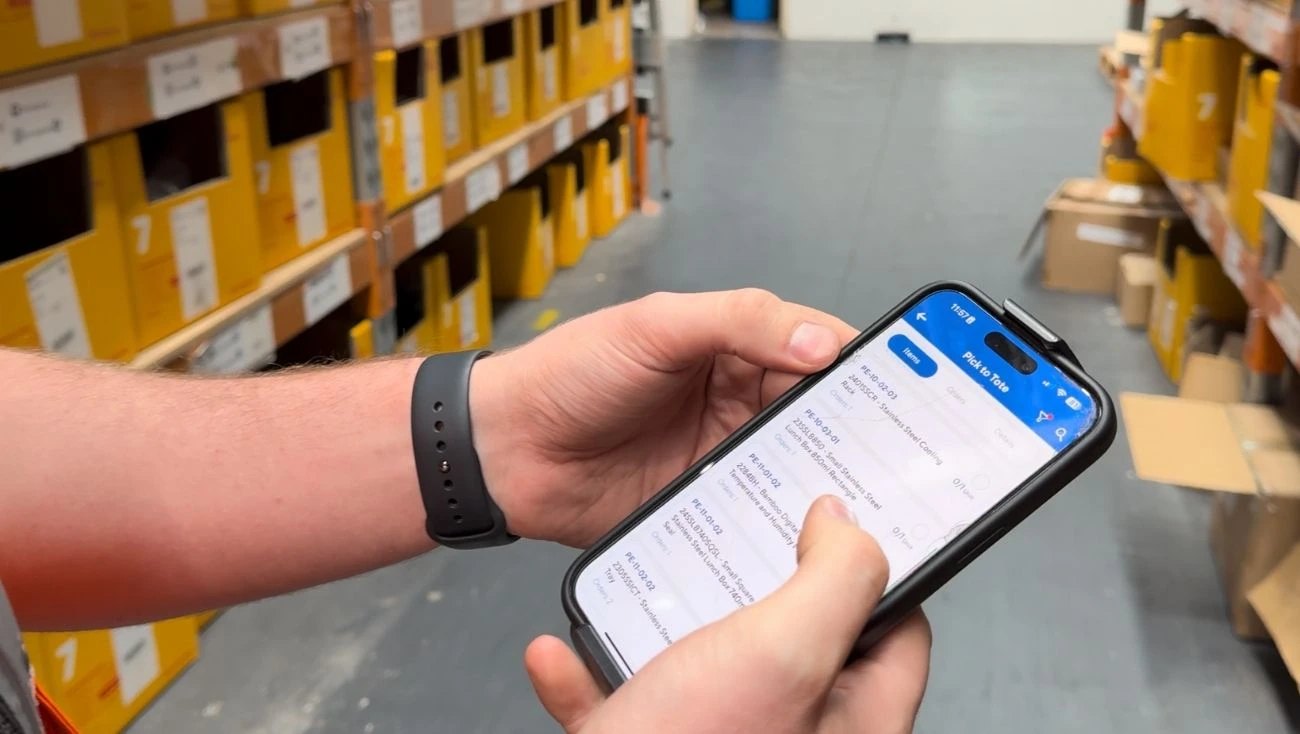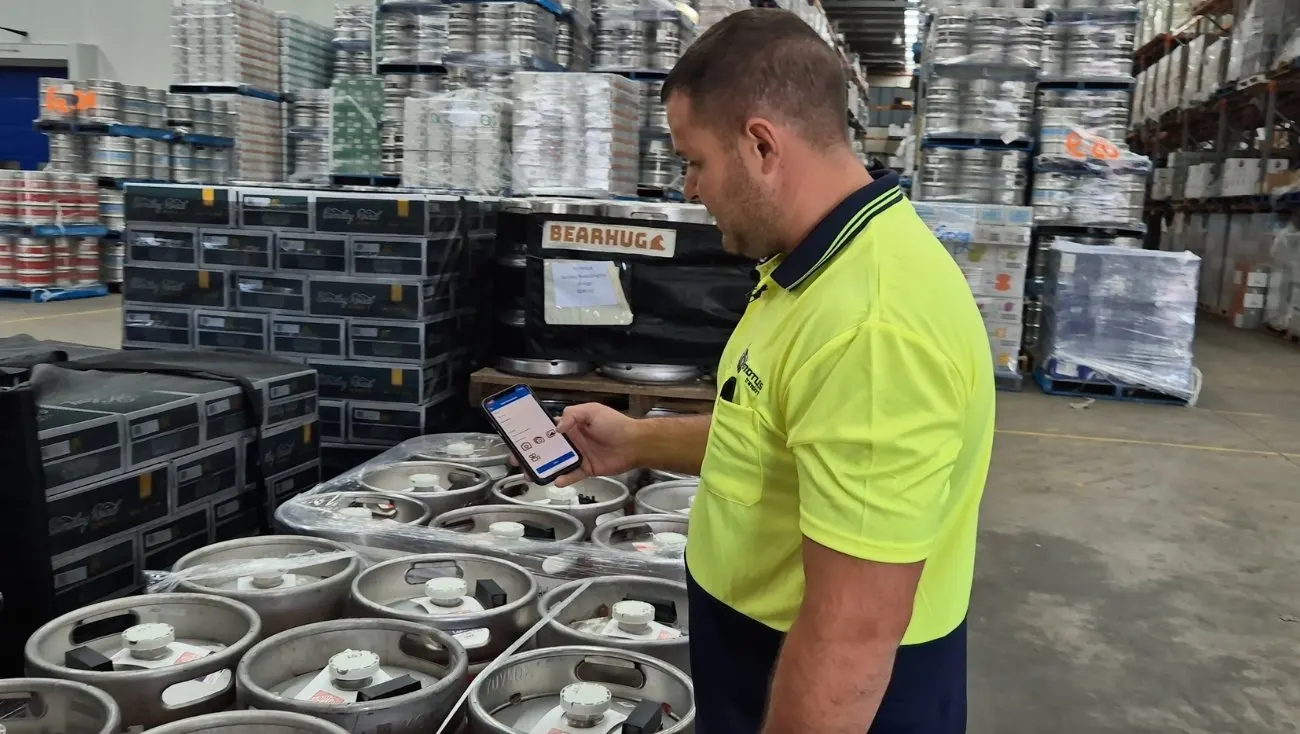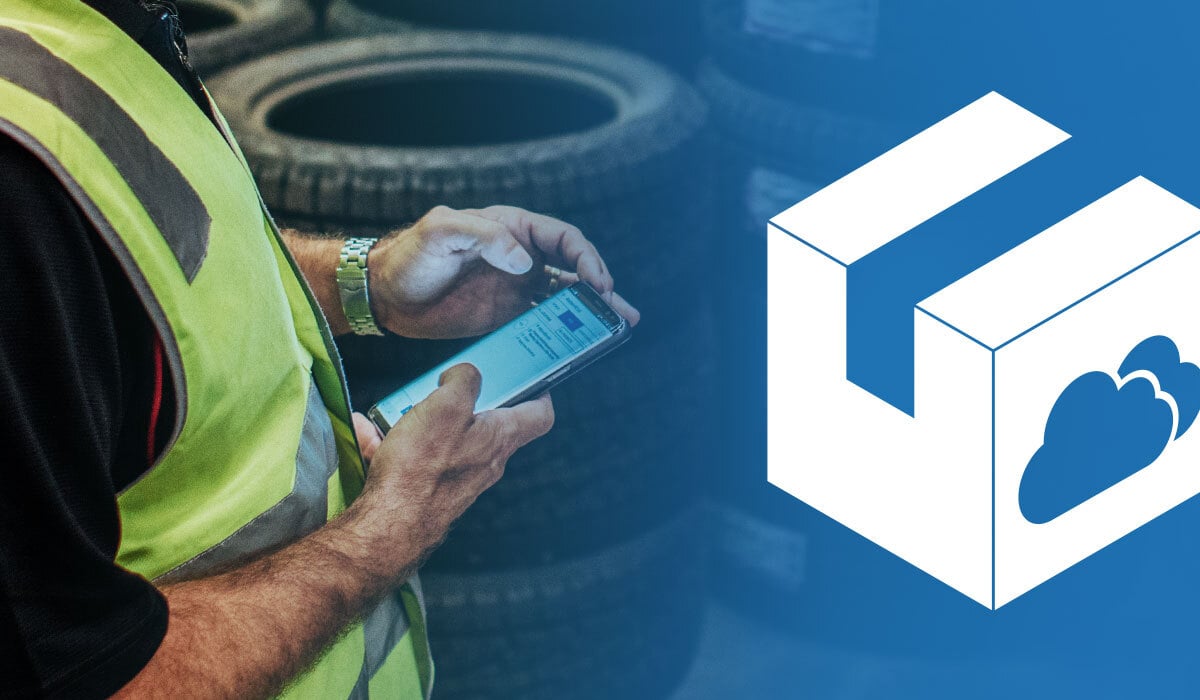Reducing the last-mile carbon footprint

With global attention on environmental sustainability, there is increasing consumer demand for green products and services, putting additional pressure on organizations to deliver on sustainability.
In a bid to make logistics operations ‘green’, supply chain specialists are focusing on how we can measure the environmental impact of sourcing raw materials, manufacturing processes, transport, and delivery.
Greener supply chain practices are in the spotlight now, with recent political, social, and regulatory pressure mounting to reduce waste and environmental impact. In North America, the Transportation sector has been identified as the single largest contributor of greenhouse gas emissions.
Companies wishing to ‘green’ their business and brand must show full visibility across their entire supply chain, in order to accurately measure their environmental impact, calculate offsetting actions, and plan for the future.
Each section of the supply chain must be scrutinized for areas of improvement, including small companies and last mile logistics. The ability to track fuel usage, miles traveled, inventory levels, and storage periods within the last mile is essential data, necessary to contribute to broader supply chain tracking.
Global focus on sustainability metrics
Concerns over global warming have influenced political, consumer, and market behavior over the past decade and earlier — however with recent UN pressure for political and policy action; this has become front of mind for many companies and consumers.
The Paris agreement, along with other recent policies and social action, has created a major push for companies across all industries to scrutinize their own supply chains and logistics in order to implement greener practices; causing a ripple effect for greener practices.
While larger companies may look at undertaking massive overhauls of their operations to reduce emissions across a global network, for the smaller players handling one section of the greater supply chain, reducing environmental impact looks a little different.
What can I do? I’m just one company?
Each touchpoint in the supply chain must collect and provide data on its own practices, in order to map impact across the industry as a whole. One key thing smaller logistics providers can do is to ensure they can track and provide data to partners, to ensure their footprint is measured.
There are also some quick wins smaller companies and operators can undertake to reduce their own waste and emissions, and to contribute to greener supply chains. However, it starts with data. The only way to measure current impact and track any progress is to know what you’re starting with in the first place.
In order to improve your own processes, show your customers what you’re doing, or provide your data to partners for wider supply chain visibility, it starts here.
Getting the right data for supply chain visibility
Implementing a cloud-based warehouse and transport management system is the first step in reducing paper waste, and having the data you need to identify ways to reduce your environmental impact.
Many companies will already track and record data that can be used to provide supply chain visibility, such as;
- Transport milage
- Inventory storage, movement and handling
- Incoming and outgoing orders
- Return orders/ mis-picks or order mistakes.
This information can be used to identify areas to reduce carbon footprint across the last mile, including reducing wasted transport mileage with route optimization, cross docking or batch delivery for more efficient deliveries, and picking accuracy to reduce returns, fuel usage, and electricity. It can also be used to calculate your own carbon footprint for offsetting.
Small changes that can make a big difference
Greener practices can not only help provide supply chain visibility for your customers (and help the planet), it can also help you to win business with those looking for greener or more environmentally friendly providers.
There are a few easy small businesses can make a big difference collectively.
- Reduce plastic and paper waste where possible by using paperless warehouse and transport management systems. Cloud-based software to automate and streamline processes, with everything you need in the palm of your hand or the click of a button. Cloud-based systems also increase accuracy, reduce mistakes, and provide automated workflows for more efficient operations — not to mention route optimization and cross-docking management! Companies like Hero Packaging, The Better Packaging Co and Heaps Good and many other companies are providing a range of biodegradable packaging options for e-commerce and wider freight options.
- Reduce mis-picks to minimize wasted miles and packaging due to returns. Increasing picking accuracy with barcode scanning for warehouse locations and inventory can help ensure you have the right item, for every order.
- Reduce wasted delivery miles with route optimization and efficient consignment planning, you can optimize your delivery journeys to save fuel, time and resources (you can also capture fuel rate changes with fuel levvys). Offering cross-docking or transloading services can also help to plan dispatch, for the most efficient route.
- Software-driven efficiency can help you optimize your operations in a number of ways. Automated workflows help to boost efficiency, allowing you to do more, with the resources you have; fulfilling more orders with the same resources. For smaller operators, cloud-based systems like CartonCloud can offer automation and software-driven efficiency that is tailored to their business, helping to reduce costs, overheads, and resource wastage across the board.
- ‘Batching’ or grouping together goods going out to the same area in the same time window, allows you to reduce the number of vehicles dispatched, and maximize your resource efficiency. Bringg’s State of Last Mile Logistics Report found that by batching goods together for joint delivery to a local area, companies could reduce emissions by 59%.
- Carbon offset your emissions. By tracking fuel usage, miles, storage, or energy consumption, you can calculate the emissions that can’t be reduced right now, to buy carbon offsets and reduce your carbon footprint. This allows you to continue working toward your carbon goals in a way that’s sustainable for your business.
Thinking longer term
Not all change can happen overnight. Many companies are setting long-term targets to guide their operations and decision-making over the next few years, in order to meet their carbon emission reduction targets.
As a longer-term initiative, you might consider transitioning to greener energy sources such as using solar or wind power for lighting or shifting your fleet to green fuels, hybrid and electric vehicles where possible.
Renewable energy solutions can also be a more sustainable business solution in the future as well. For instance, refrigerated storage facilities might add solar panels to the roof, to start generating some of their own electricity. The same could be done for fleets with hybrid or electric vehicles.
Another option is to try and look at where your company can offer reductions for your customers across other areas of the supply chain. For instance, offering multiple warehouse locations for micro fulfillment allows your customers to move their goods closer to the end consumers in more efficient, bulk orders, to reduce last-mile movement per order.
Understanding how to better utilize your existing footprint with new services can also have a significant reduction in overall supply chain emissions. One example is; offering cross-docking and warehousing services alongside your existing operations so that goods can be processed in the system faster, with less handling, and less transportation between touchpoints.
Educating the consumer
Many aspects of the logistics industry are driven by meeting customer expectations, including order and delivery tracking, fast or same-day delivery, free returns options, and now — many consumers are putting their purchasing power behind greener practices.
As supply chains are becoming more transparent and accountable, more and more consumers are expecting greener practices from the companies they buy from, with many consumers also being prepared to switch brands or products for more environmentally friendly options. So, while implementing greener operations may come with a price tag; it’s possible that with accountable and greener operations, additional costs may be willingly accepted by consumers to some end.
According to an IBM Research Insights report, 57% of consumers are willing to change their eCommerce purchasing habits to help reduce their environmental impact. Furthermore, the value of proving greener practices is a powerful motivation for consumers and brands alike, meaning companies wishing to provide transparency on their own environmental practices will be willing to pay extra for data to show their actions, and prove they are not greenwashing.
Finally, as an industry, there are other means we can help to educate customers on the impact of their purchasing behavior as well. For e-commerce 3PLs, there are many ways you can increase e-commerce fulfillment efficiency and implement more sustainable options for your end customers.
- Encourage thoughtful and purposeful purchasing, to only purchase what they need, rather than purchasing many items with the aim to return what is unwanted;
- Offer greener, slower delivery, with optimized delivery routes for lower emissions, to give consumers the power to choose more sustainable practices;
- Offer green vehicle delivery, or to carbon offset the delivery of their purchase with an affordable delivery surcharge.
Let’s get green together
Change can be hard, and it can be tricky to know where to start! However there are many actions you can take now, and for the future to embark on greener logistics practices, and optimize your operations at the same time!
Don’t forget our quick wins above as well, as steps you can start taking today to track and reduce your carbon footprint. If you want to know more about capturing data and optimizing operations with our cloud-based warehouse and transport software, reach out to our friendly team today.
Our team are logistics people too, we understand your business and the industry, and it’s our mission to help small and medium-sized logistics companies to succeed and grow their businesses sustainably.
Want to know more?
To find out more about how you can start tracking data for supply chain visibility, get in touch with our friendly team today. Book a FREE Demo at a time that suits you, and we will be in touch to look at your operational needs and how our software can support you to grow.
Subscribe to CartonCloud



.webp)
.webp)
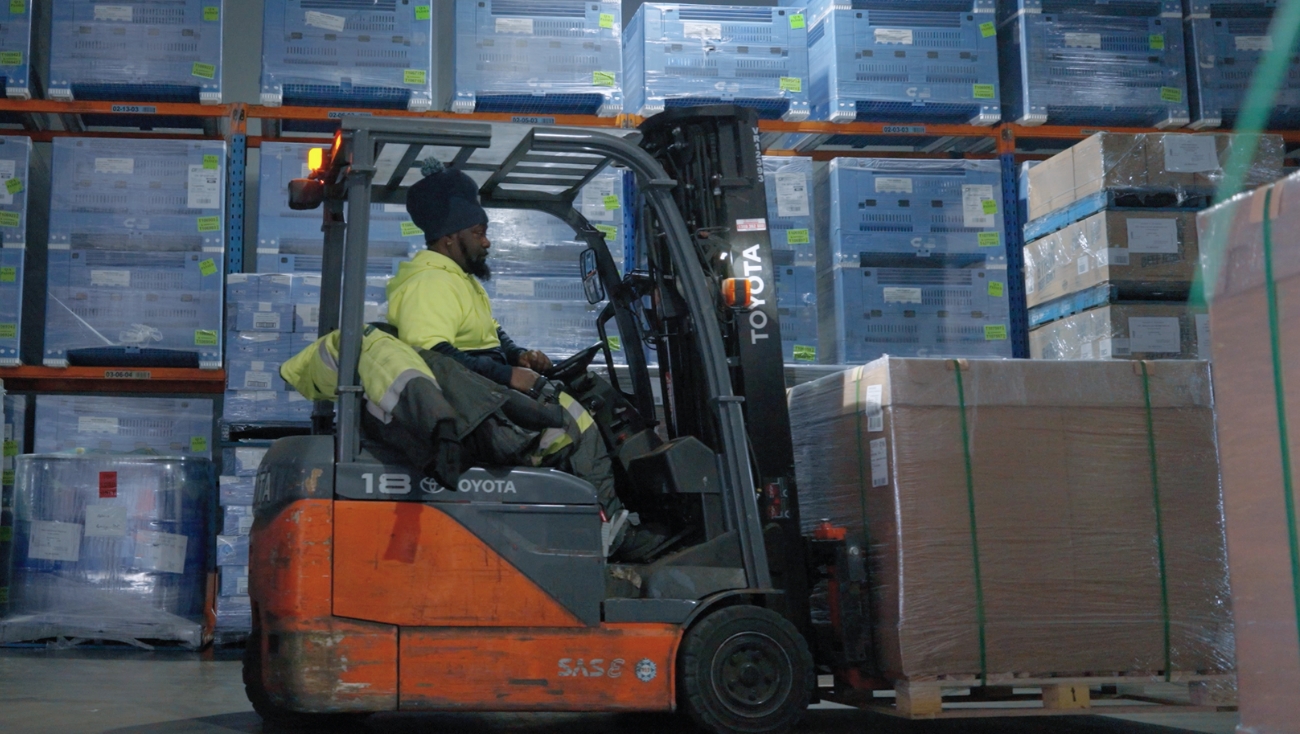

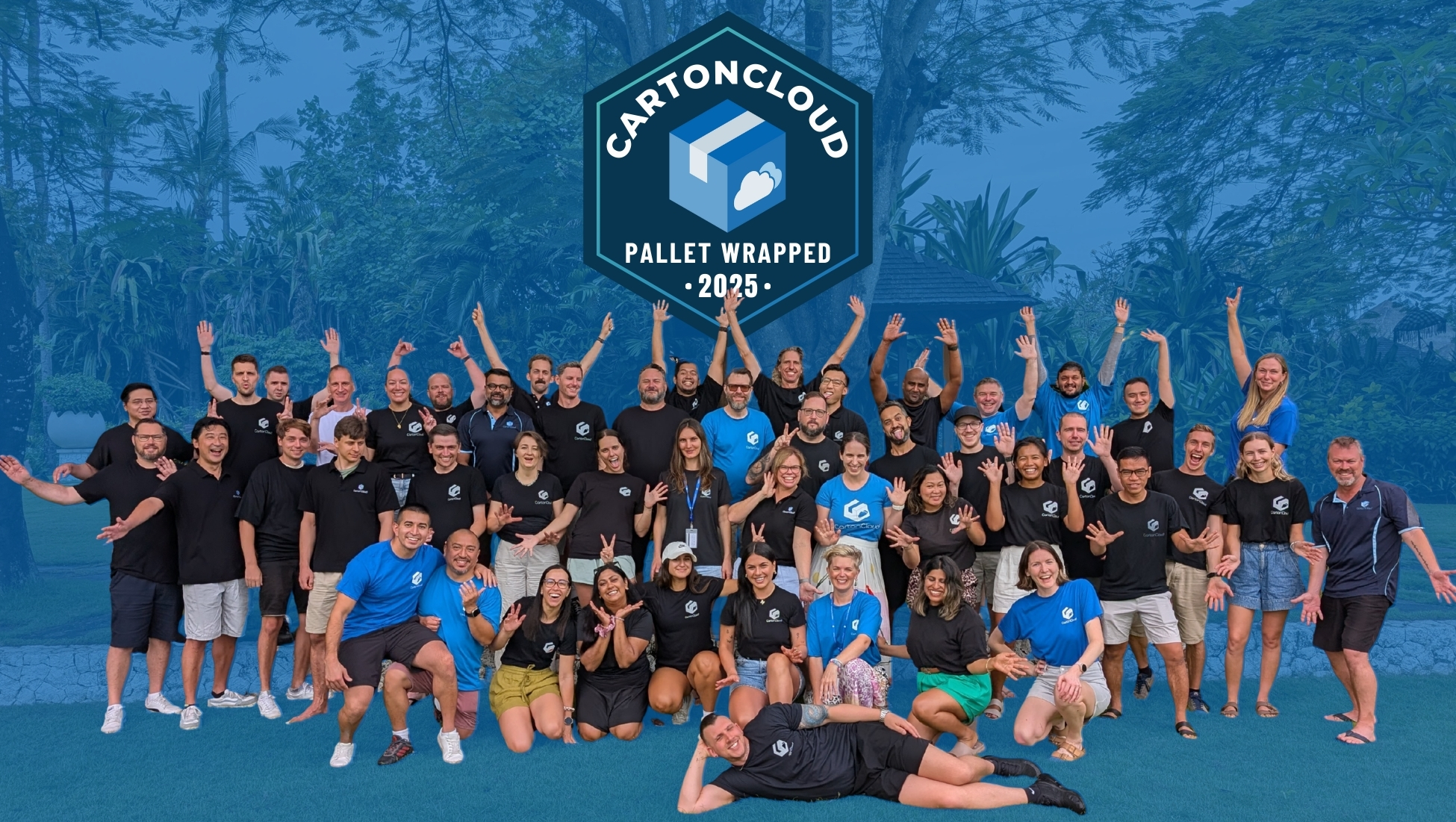
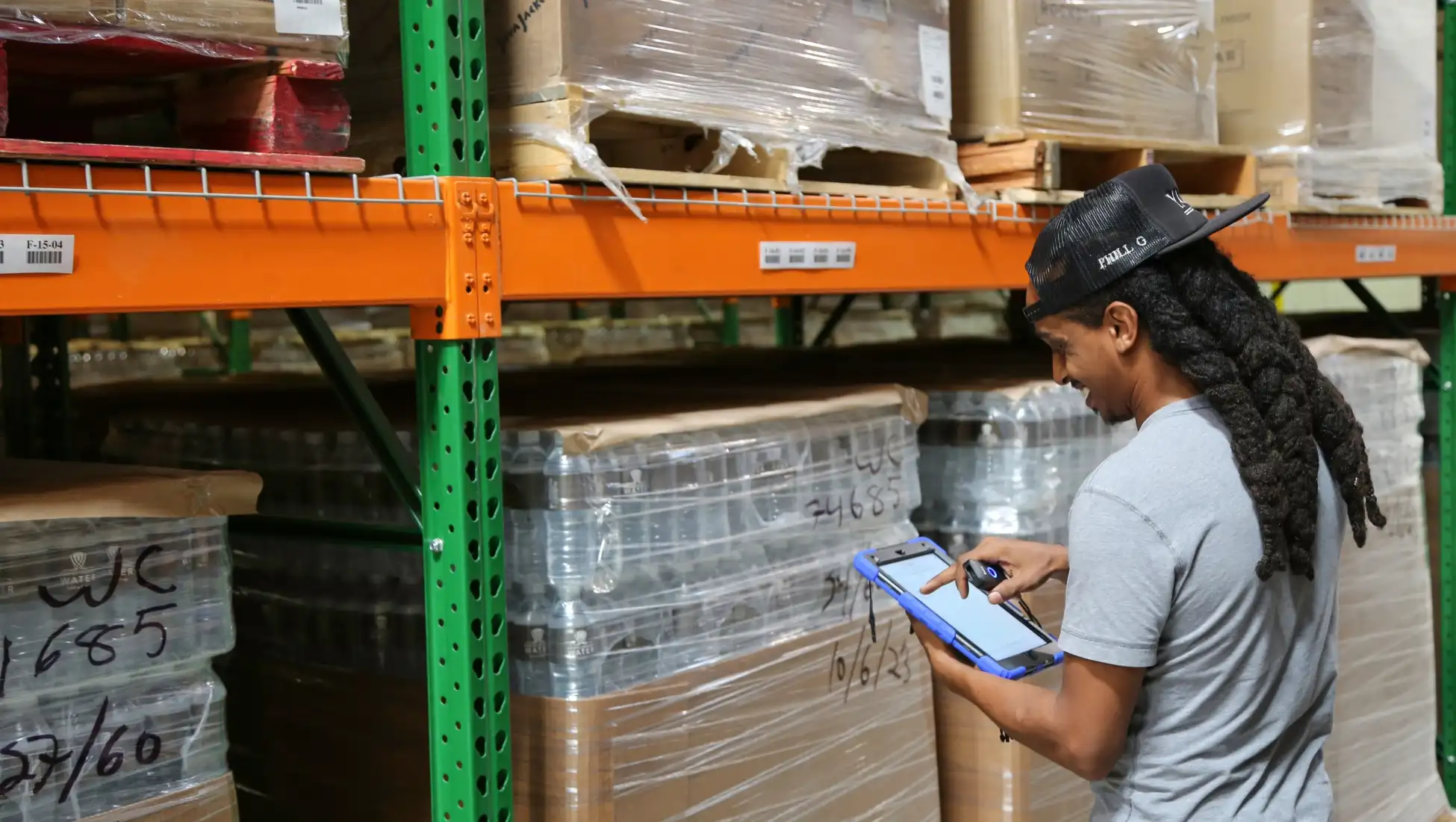
.webp)
